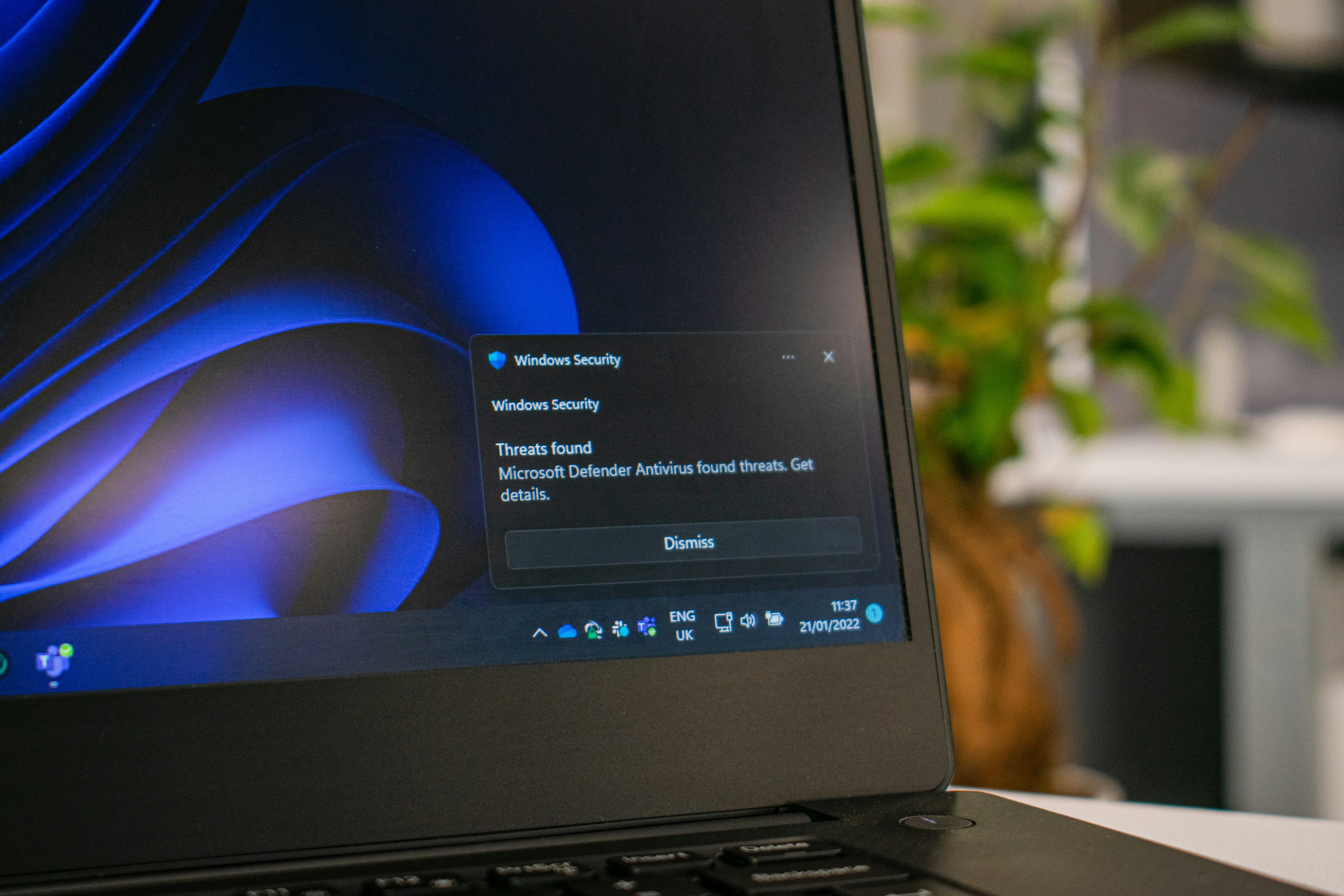The ultimate goal is to gather useful insight and lots of it, so that you can recognise patterns in strengths and areas to improve. Here are our top tips for creating your survey…
1. Short & sweet: People are busy and time is valuable, so keep it short and sweet or your customers will abandon it – 15% of participants will leave the survey incomplete if it’s longer than 5 minutes.
2. Simple questions: Use language that you would use in conversation, keep the questions clear and concise. Participants should read the question once and understand it. Where you can, ask questions which require a yes or no answer.
3. Get to the nitty-gritty: Why are you asking the questions? What is your end goal? Build your questions based on the answers you need to take away from it. Don’t ask questions that won’t have real value.
4. One at a time please: Keep it simple and include as many closed questions as possible, this will leave you with mainly quantitative data which is much easier to analyse! Leave a comment box at the bottom, so your customers can express their unique feedback if they want to.
5. Keeping score: If you’re going to use a scoring mechanism, keep it consistent throughout. For example, if you’re going to score from 1 – ‘Not important’ to 5 – ‘Extremely important’, don’t change the mechanism to 1 – ‘Strongly agree’ to 5 ‘Strongly disagree’ later on.
6. Use plain English: Assume that your customers don’t know technical jargon or industry lingo. Speak to them in a language that they can clearly understand and definitely don’t use acronyms!
7. Test it out: Before you send out your survey, test it on your colleagues. Choose those you don’t work closely with and see if they think it’s intuitive. If it doesn’t make sense to them, it definitely won’t make sense to your customer.
8. Timing is everything: According to Survey Monkey, the best time to send out an email is Monday, Friday and Sunday due to higher click through rates. There’s no harm in resending emails to non-opens, send it at different times and different days to get maximum exposure. Why not try A/B testing too to see what gets your customers clicking.
9. Incentivise: Last of all, but certainly not least, why not encourage responses by adding an incentive such as a prize draw. This is proven to increase responses by 5 to 20%.
.png)

